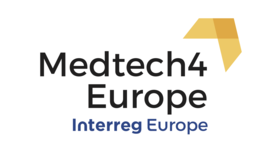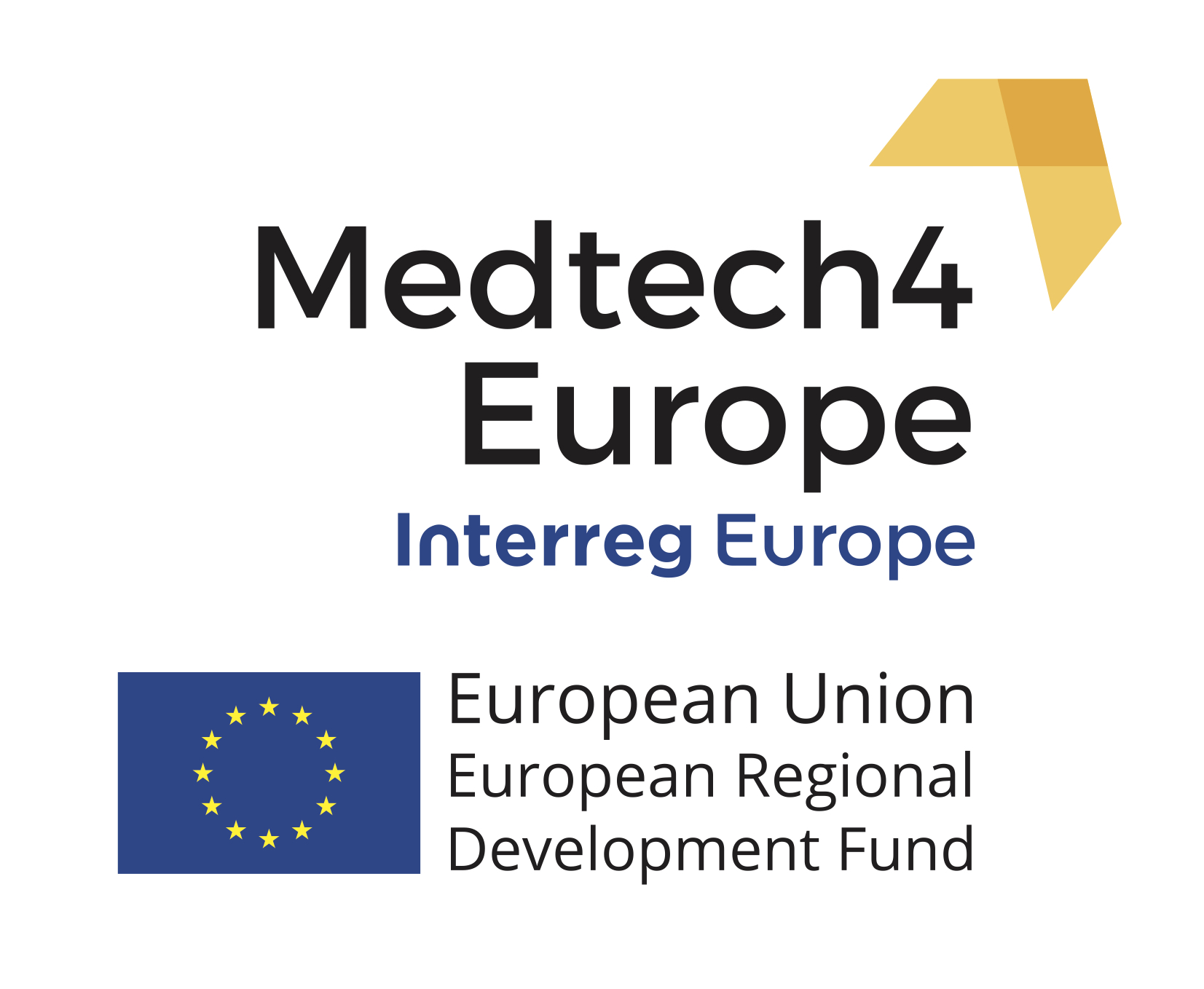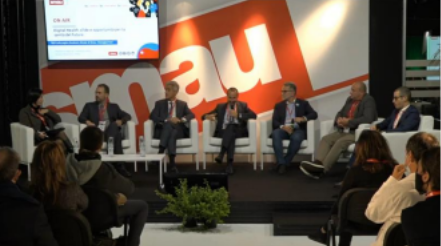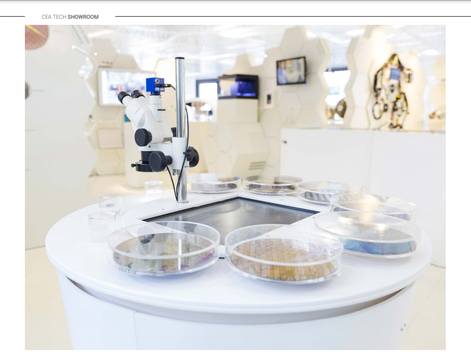The South Transdanubian Regional Innovation Agency, communication-dissemination partner of the Medtech4 Europe Interreg Europe project, upon the invitation of the Institute of Transdisciplinary Discoveries of the University of Pécs, in observer capacity attended a medical technology webinar on 21 July 2020. The event being hosted by the European Institute of Innovation and Technology, EIT Health innovation community, provided insight for more than 30 participants on the medical technology devices/solutions related innovation process.
The starting point of the event was that the developed western medical technology industry has strong ties with the innovative idea owners coming from the peripheral areas of medical technology implementation and values their initiatives, new proposals. Therefore, the hosts of the event asked the participants (among those the ones representing Eastern-Central Europe) to briefly introduce the medtech ideas they are actually concerned of. Shared responses included solutions for correct postures of office and administrative workers, cures for burnout symptoms in the post COVID-19 period, confidential treatment of medical appointment dates of patients with applying the blockhain technology, trauma simulators for psychiatric treatments. As that is visible from these, the target group of the webinar was the enterprises that are open to new solutions or operate as healthcare start-ups.
The backbone of the event was the introduction of a six-step innovation process. Below – taking into consideration the complex nature of the individual steps – we introduce in a to the point manner these individual phases, highlighting their most important particularities.

First step: need identification and outcome driven focus. Beyond the requirement set, i.e. that the proposed development should satisfy an unmet or new need, it should also be different from existing solutions. Alike, it has to be relevant for wide range of stakeholders. It is also mandatory that clinical trials should be possible, as that provides diagnostic and performance related feedbacks. Truly successful products meets the needs – among others – of the patients and healthcare organisations, as those have less side effects (patients) or results in shorter stays in the hospital (organisations). Beyond the clinical relevance, the new solutions should be viable in business terms as well. Lastly, in case of new products the technology push counts less than the market pull (expressed interest from the side of the medtech market).
Second step: technology solutions articulation. At this point it is needed to be taken into consideration the kind of alternate solutions that exist as regards the given new product or service, and what are the weak points of those alternates. The size of the group of patients/users is also to be measured/forecasted as the medtech innovation should be made accessible to them. Lastly, it is necessary to underpin the setting-up of the business model with exact calculations and numbers to illustrate how the new good/service will improve the industrial standards, too.
Third step: stakeholder analysis. At this stage the different types of stakeholders/influencers are to be addressed (such as researchers, clinical staff, economic decision makers, etc.) that have significant and important impact on the decision making process. It is also advised that these actors should have a kind of benefit from being involved, and they should be taking part in the development process itself.

Fourth step: intellectual property related data, information provision and documentation/administrative activities, taking into consideration of the rules of the given member state and the matching regulations of the European Union.
Fifth step: commercial strategy. It has major importance as it will become one of the key selling propositions to any potential investing party. It should include a sustainable business model, projected margins, estimated sales, and the competitive analysis, including emerging technologies and rival solutions.
Sixth step: team and fundraising. This step is vital to enable that the concept becomes a commercial reality. For this purpose the clear team structure that encompasses all key activities, beyond that the financial amounts required and the milestones to be achieved with the funds also should be elaborated. In a case when the coordination of different sources is necessary, its way should be detailed, too.
At the end of the webinar the speakers shared their hints on effective presentation and communication for the benefit of those enterprises that plan to initiate medical technology developments/innovation.






